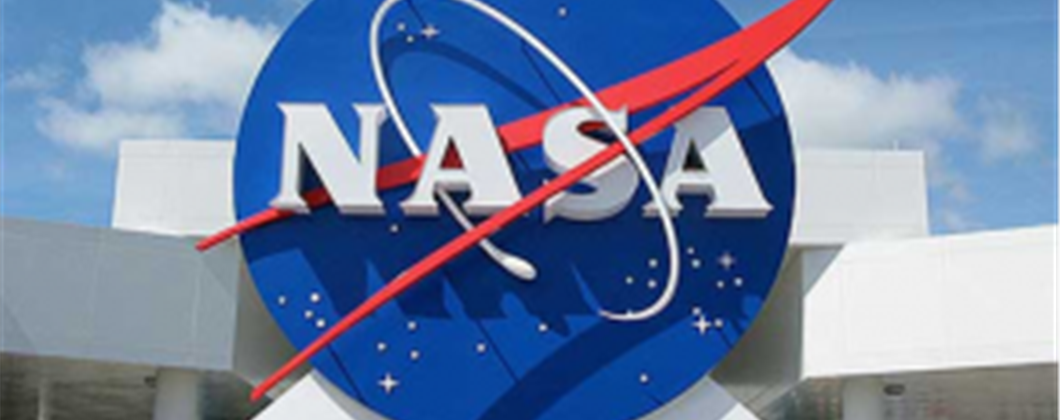American air traffic control turn to NASA technology

NASA has announced it is working with its American partners to create a new air traffic control (ATC) technology that promises to deliver an increased number of flights landing on the same runway at busy airports.
The technology system will be known as 'Flight Deck Interval Management' or FIM, and it will also look to increase the chances of your flight arriving at its destination on time.
“FIM allows controllers to deliver the aircraft more precisely and more predictably, which is a huge advantage that helps the airlines and airport operators more efficiently manage air traffic to minimize delays,” said William Johnson from NASA’s Langley Research Centre in Virginia.
FIM is a designated part of a coordinated effort between NASA and the US Federal Aviation Administration (FAA) to develop and enhance new technologies that could improve aeroplane scheduling and arrivals.
Current ATC technology and procedures are able to predict arrival times to within approximately one minute or so, but FIM promises to enable controllers and the airport to count on aircraft arriving within a window of just five to ten seconds.
The cockpit-based prototype FIM system combines NASA-developed software with commercially available off-the-shelf hardware and connects the system to the aircraft’s onboard information and navigation systems.
There will be a full field demonstration of FIM by NASA in early 2017 over the skies of Washington State.
